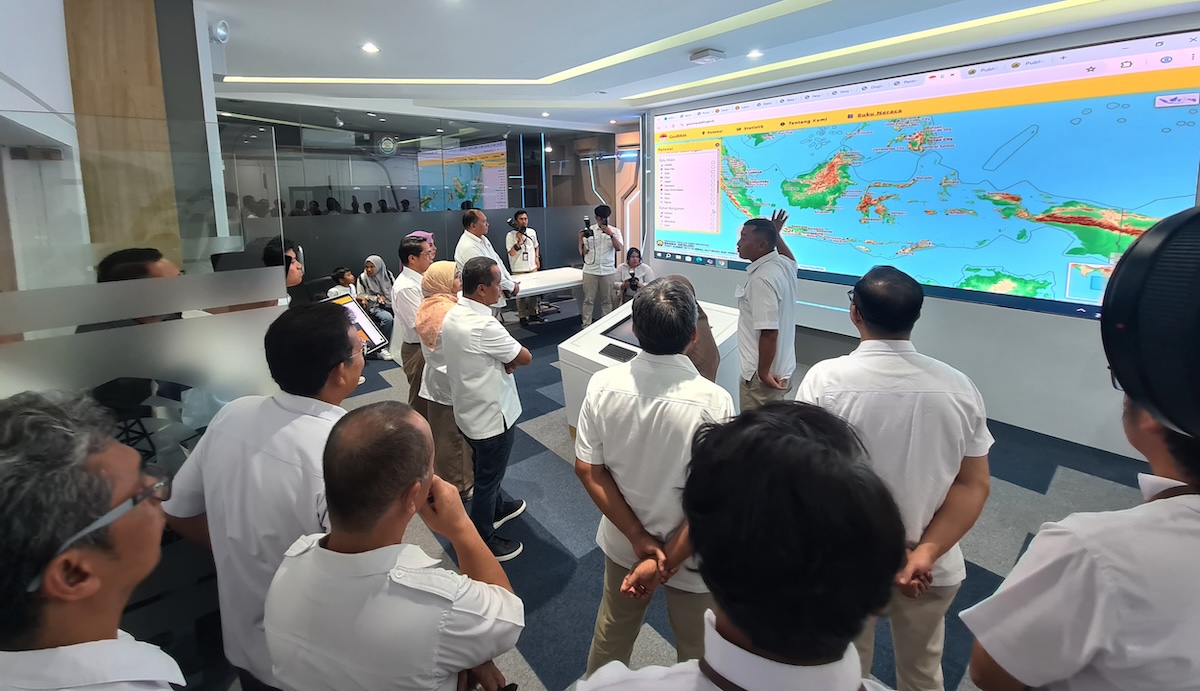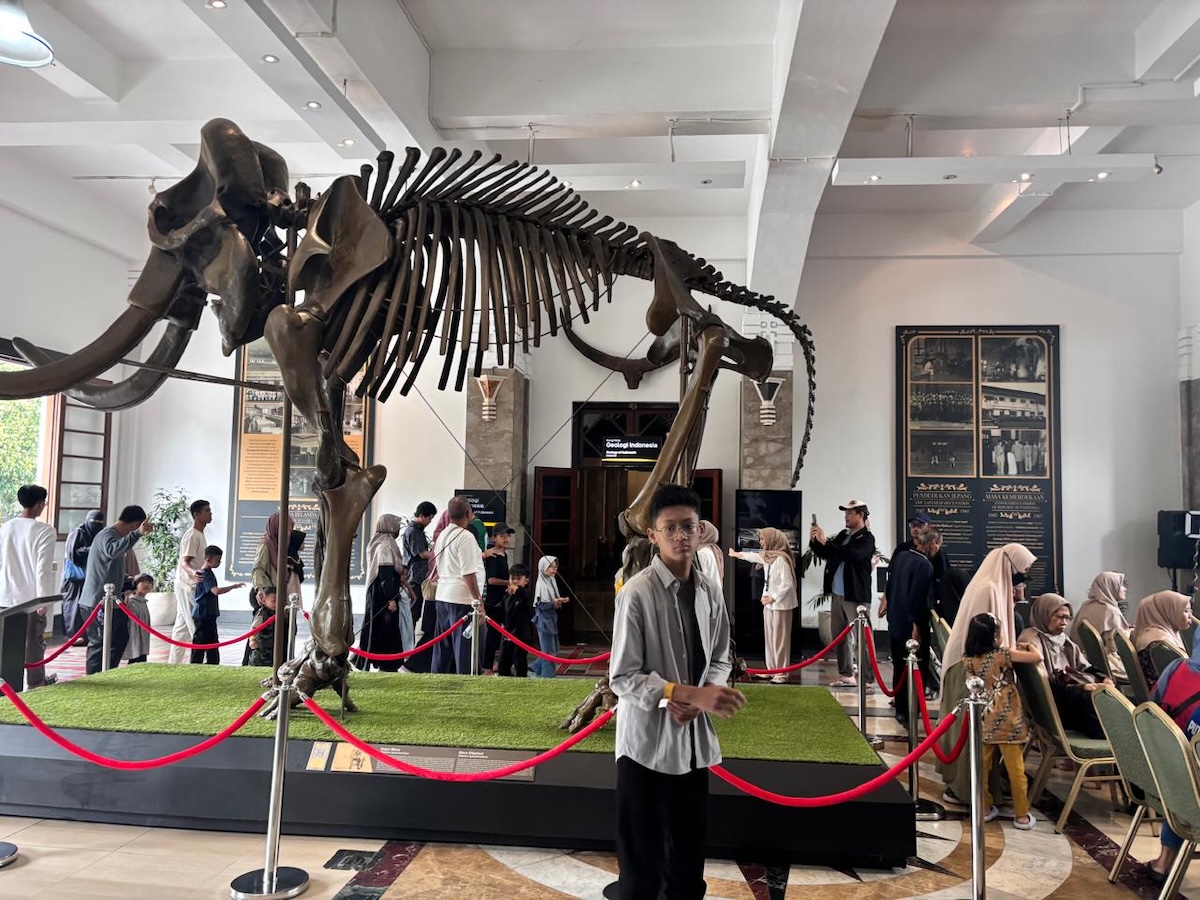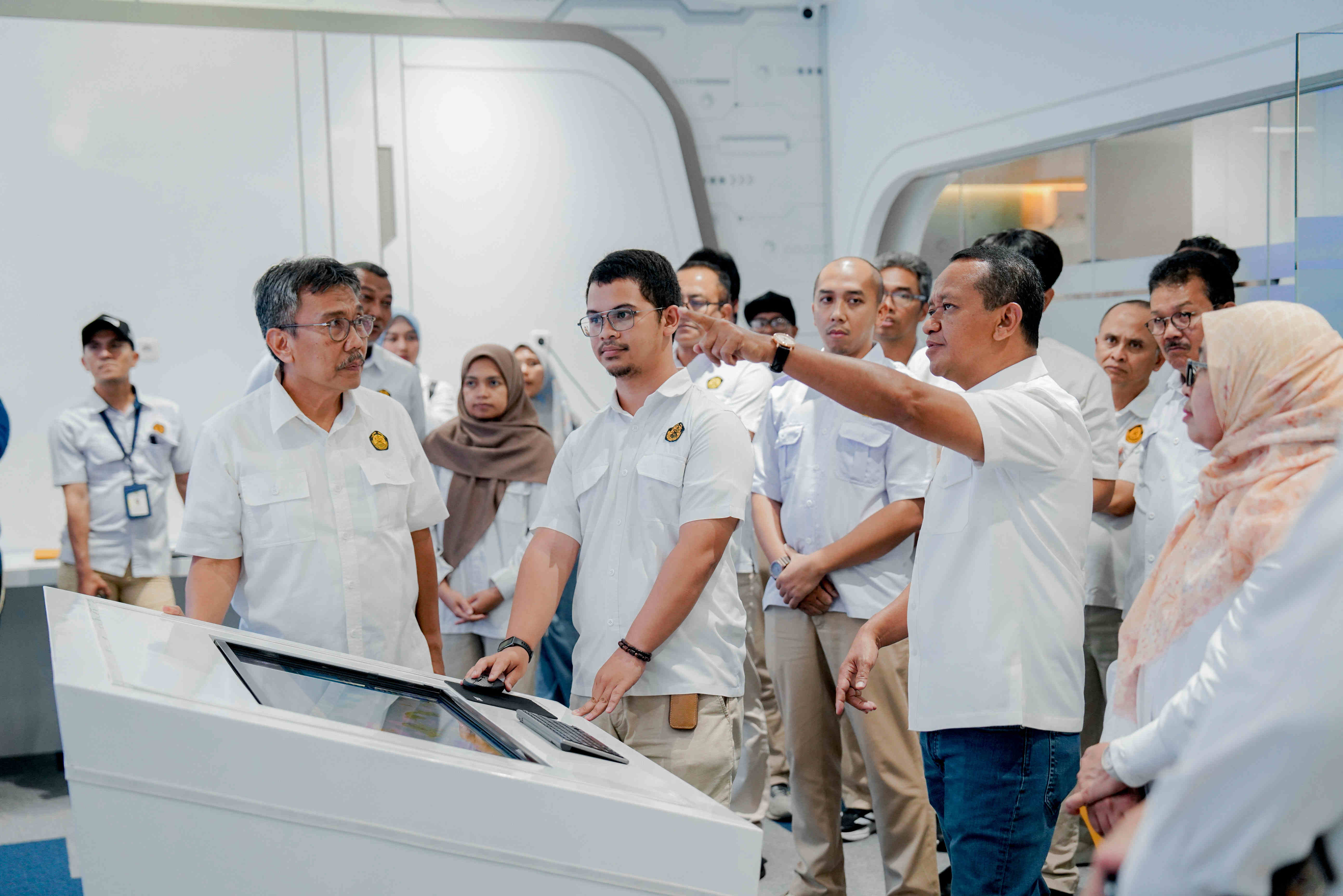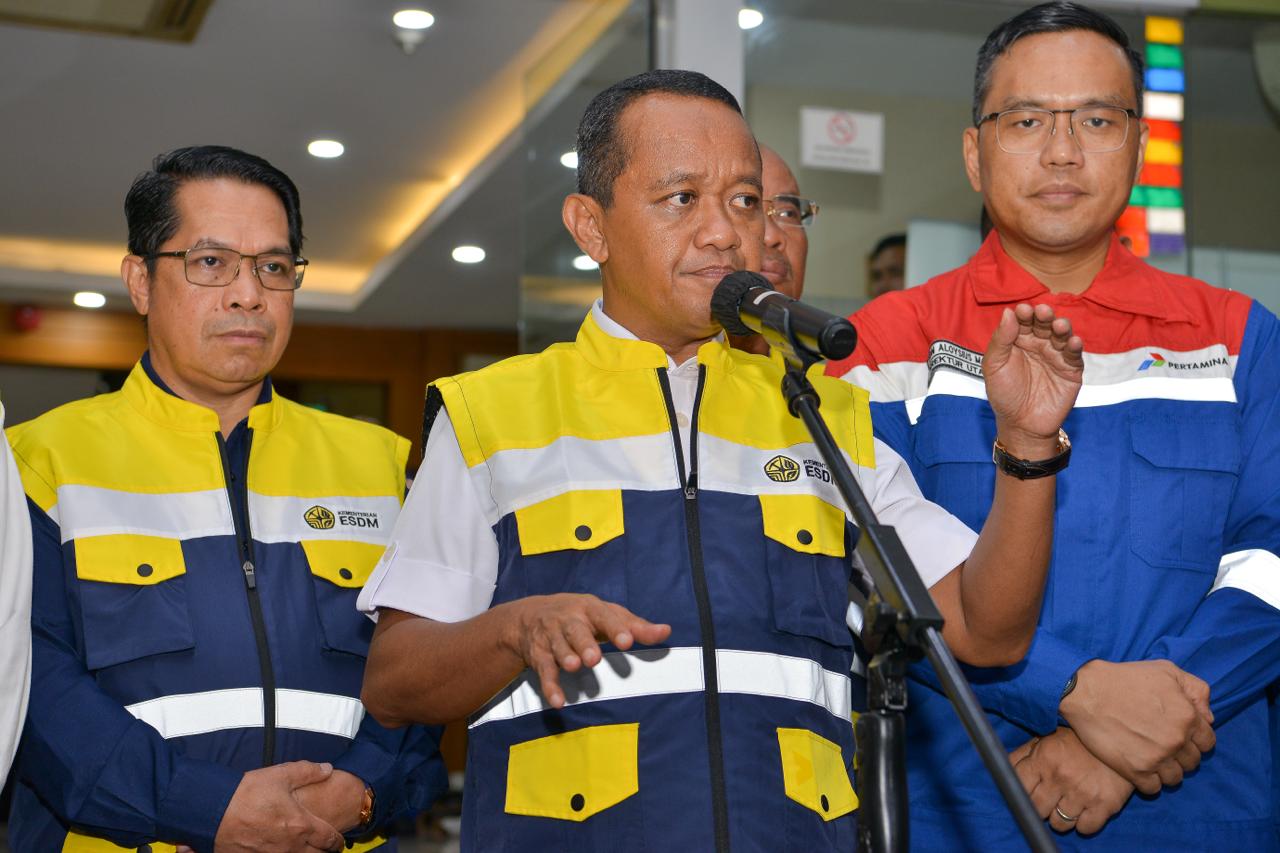Geological Agency Launches Soft Soil Distribution Atlas and Problematic Claystone Distribution Atlas
MINISTRY OF ENERGY AND MINERAL RESOURCES REPUBLIC OF INDONESIA
PRESS RELEASE
NUMBER: 669.Pers/04/SJI/2019
Date: 20 November 2019
Geological Agency Launches Soft Soil Distribution Atlas and Problematic Claystone Distribution Atlas
To give illustration about regions having geological problems of soft soil and problematic claystone at a provincial scale in Indonesia, the Geological Agency of Ministry of Energy and Mineral Resources (EMR) issues "Atlas of Soft Soil Distribution and Atlas of Distribution of Problematic Claystone in Indonesia". The information in both atlas is expected to be used by all stakeholders to improve the mitigation efforts in dealing with the hazards of soft soil and problematic claystone.
In the last three decades, development in the industrial sector, trade, transportation, real estate, and infrastructure has taken place rapidly, affecting the carrying capacity of cities in Indonesia. These cities include, among others, Jakarta, Bandung, Surabaya, Semarang, and cities located along the northern coast of Java Island.
"The rapid development of these cities will inevitably affect the carrying capacity of the area. One of the things felt by people living in these cities is ground settlement (land subsidence), occurring especially to areas located in the northern coast of Java Island," said Head of Geological Agency, Rudy Suhendar, in a talk show during the launching of "Atlas of Soft Soil Distribution" and "Atlas of Distribution of Problematic Claystone in Indonesia" in Semarang, Wednesday (20/11).
Rudy explains that ground settlement or commonly called land subsidence is when the Earth's surface sinks due to the changes in the volume of rock layers underground. The sinking of the Earth's surface usually takes place gradually and in a long time. This sometimes makes us not directly aware of the event. For this reason, land subsidence is often called "the Silent Killer', because the process takes place slowly but surely and is very devastating.
Factors considered to cause land subsidence in several areas in the Northern Coast of Java can be divided into two, namely natural factor and human (anthropogenic) factor. The natural factor that can cause land subsidence include (1) natural characteristic of soil consolidation, generally located in relatively young deposits (Quaternary), and (2) tectonic effects, usually caused by geological structure. Meanwhile, the anthropogenic or human factor is made up of: (1) uncontrolled extraction of ground water, and (2) loading, which comes from excessive weight of infrastructure building.
"Of the four factors contributing to land subsidence, the uncontrolled extraction of ground water is believed to be the one factor that significantly causes subsidence in large cities in Indonesia," Rudy ended.
The Geological Agency through Ministry of EMR has continuously tried to give information and service about geology in Indonesia and always look forward to cooperation from ministries/agencies at the national and regional levels and all stakeholders in the efforts to improve Indonesian people's welfare in the future. (IY)
Head of Bureau of Communication, Public Information Services, and Cooperation
Agung Pribadi (08112213555)
Share This!






